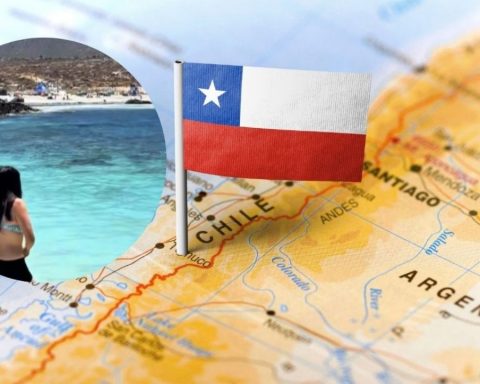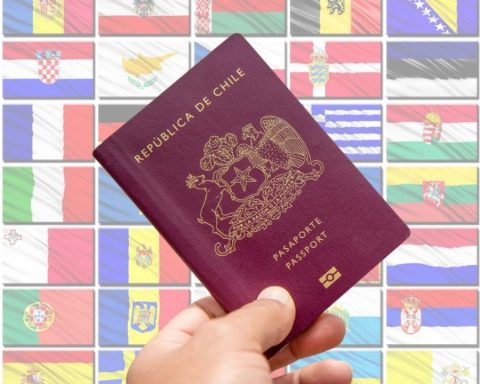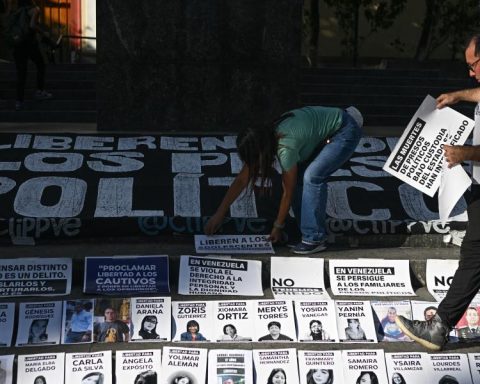The new expert reports on the death of the poet and Nobel Prize winner, Pablo Neruda, they begin to reach their culminating point. This after foreign media have communicated that the new report foresees poisoning in Neruda’s remains at the time of his death, on September 23, 1973.
The report prepared by a panel of international experts detected a bacterium called ‘clostridium botulinum’ in the remains of the Nobel Prize in Literature. The news was confirmed by Neruda’s family.
When consulted, the Minister of Justice, Luis Cordero, specified in Third that from the Government they will be attentive to the results, as well as to what the visiting minister Paola Plaza (who leads the investigation) indicates.
Regarding what was reported in the media, Cordero indicated that it is up to the minister to pronounce on the results, since they understand that the report has not yet arrived.
The results are expected to be delivered this Wednesday the 15th provisionally and the final one on March 7.
Investigation
This is the third time that the delivery of the study has been scheduled in less than two weeks and according to the latest information, the judge will receive the document, but will not inform the public of its content.
The first hearing was scheduled for February 3, but it was canceled due to technical problems on the part of the experts, with difficulties in being able to connect to the scheduled videoconference online.
It was postponed to February 6, the date on which it was postponed again. Then, judicial sources told EFE that the reason was a disagreement between the experts on the conclusions of the investigations.
In this climate of confusion, the poet’s family and lawyers contacted EFE on Monday and revealed that the bacteria found in the poet’s body, who died under strange circumstances 12 days after the coup against his friend the president, Salvador Allende“was in his body at the time of death”, which would show that he was “poisoned”.
KILLER BACTERIA
“We now know that ‘clostridium botulinum’ should not have been in Neruda’s skeleton. What does this mean? That Neruda was assassinated, there was intervention in 1973 by state agents,” he said Rodolfo Reyesnephew of the poet.
The bacterium, responsible for botulism, was found in 2017 in a Neruda tooth by another panel of experts, who dismissed the version of the dictatorship and rejected that the cause of death was advanced prostate cancer that had afflicted him since 1969.
Clostridium botulinum is a bacillus usually found in soil, but experts from McMaster University, Canada, and the University of Copenhagen, Denmark, concluded in a report to be presented this week that “it is not leaked into Neruda’s corpse from within or around his coffin”, but rather that he already had it before he died.
The unknown remains how and who introduced the toxin into the body of the author of “Twenty love poems and a song of despair.”
“Neruda’s fatal bullet was found, he had it in his body. Who shot it? That will be seen soon, but there is no doubt that Neruda was killed. Intervention directly from third parties,” Reyes emphasized.
OTHER THEORIES
A large part of Neruda’s family supports the version of Manuel Araya, his former driver, who maintains that he was poisoned by an injection in the abdomen by a secret agent of the regime who posed as a doctor at the Santa María Clinic in Santiago.
“Neruda was not seriously ill, he just had cancer. He walked with difficulty, he was in pain, but he was not ready to die,” Elizabeth Flores, the family’s lawyer, who is acting as a plaintiff in the case that began in 2011 with the Communist Party, told EFE. , in which Neruda was a member.
For his part, Reyes recalled that the writer, whose challenges were exhumed in 2013 from his garden in Isla Negra, on the central Chilean coast, had planned to travel to Mexico a few days before he died, at the age of 69, and that in exile he would have become the “great opponent” of the dictator Augusto Pinochet.
“The lawyers are going to request other types of proceedings that may or may not be scientific,” added Flores.


















